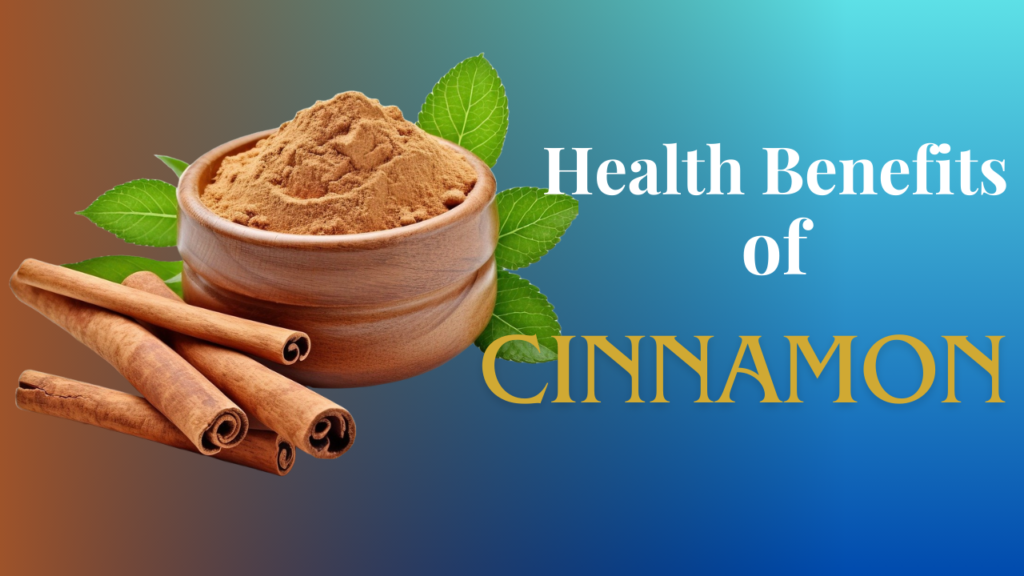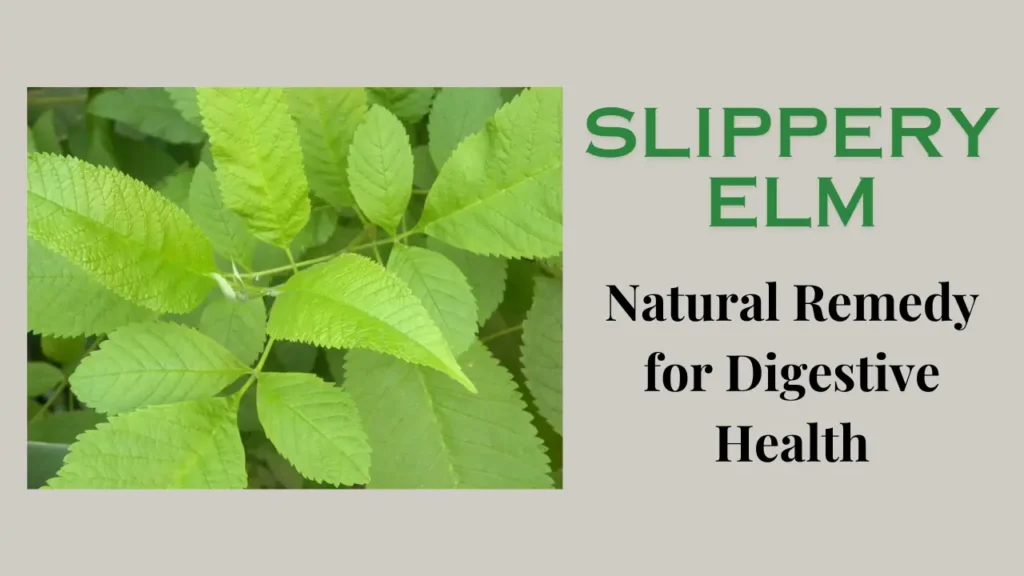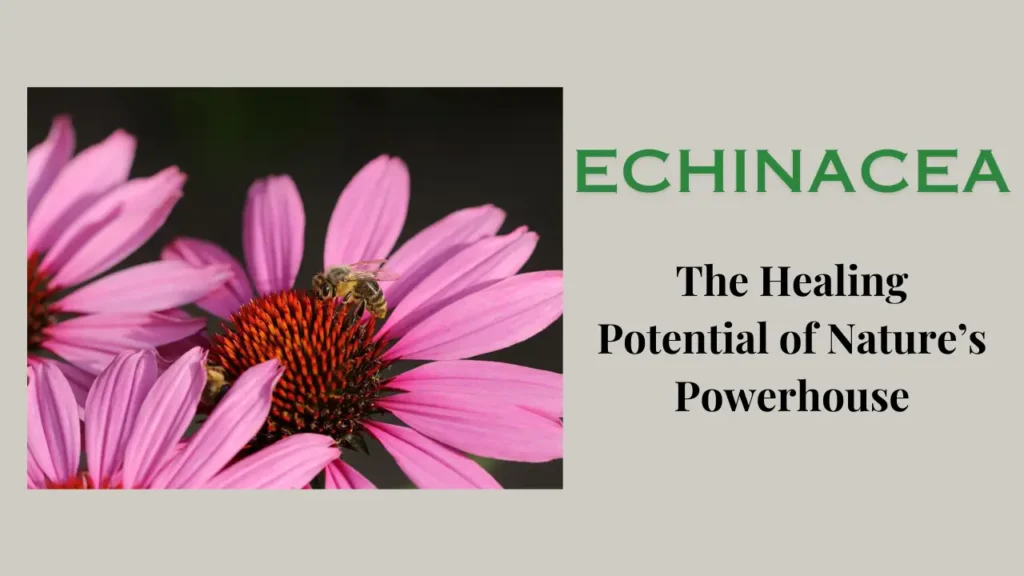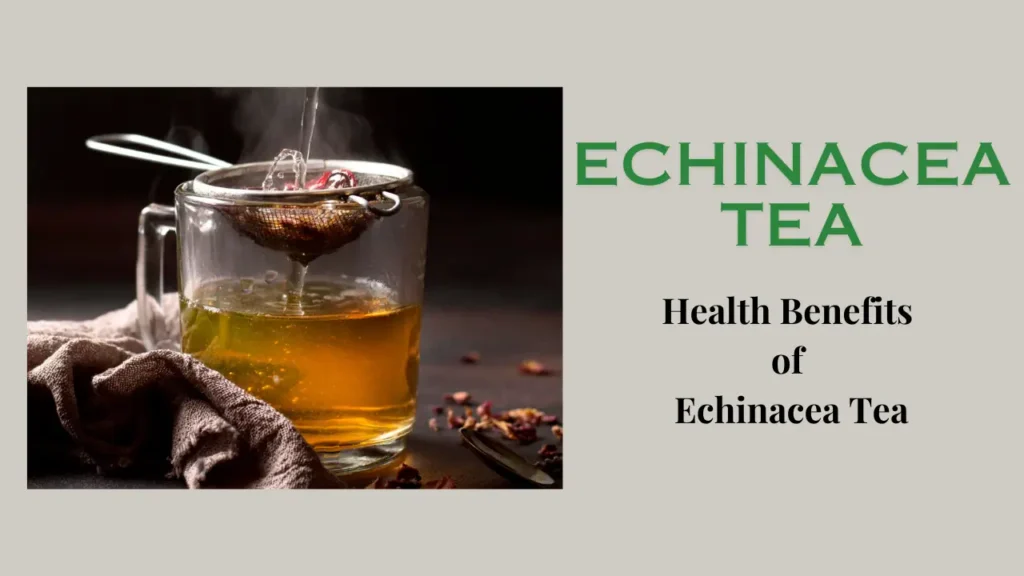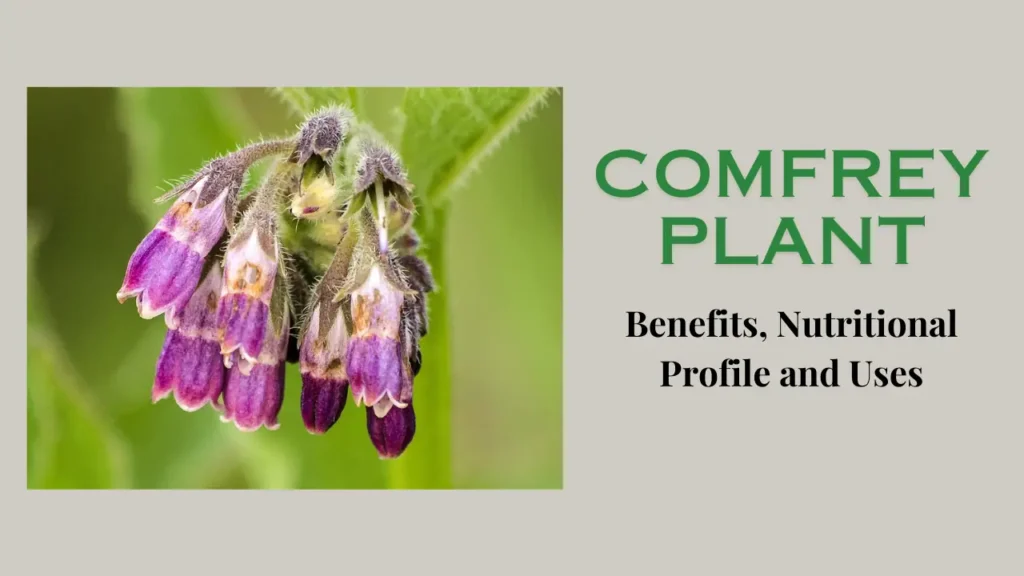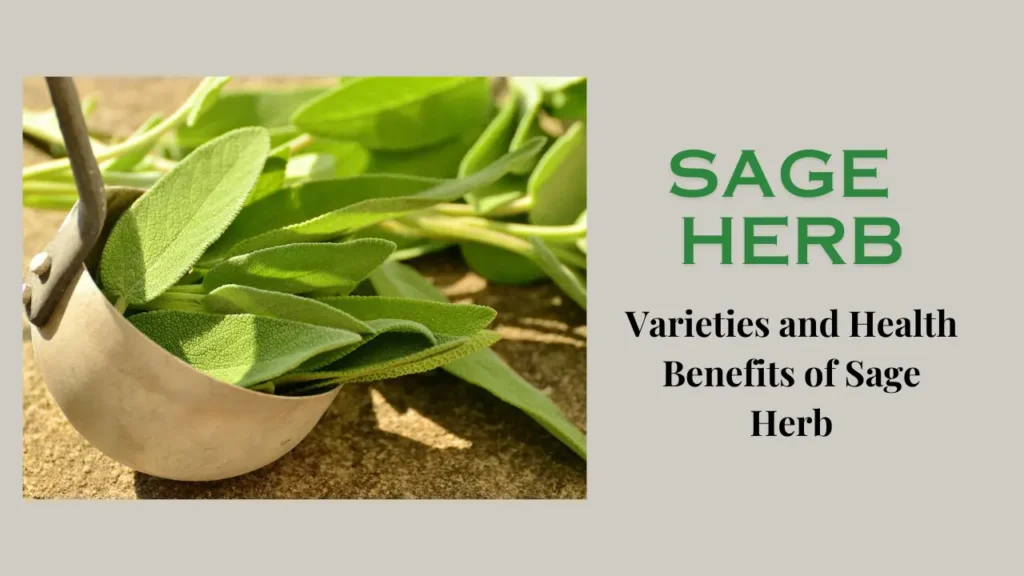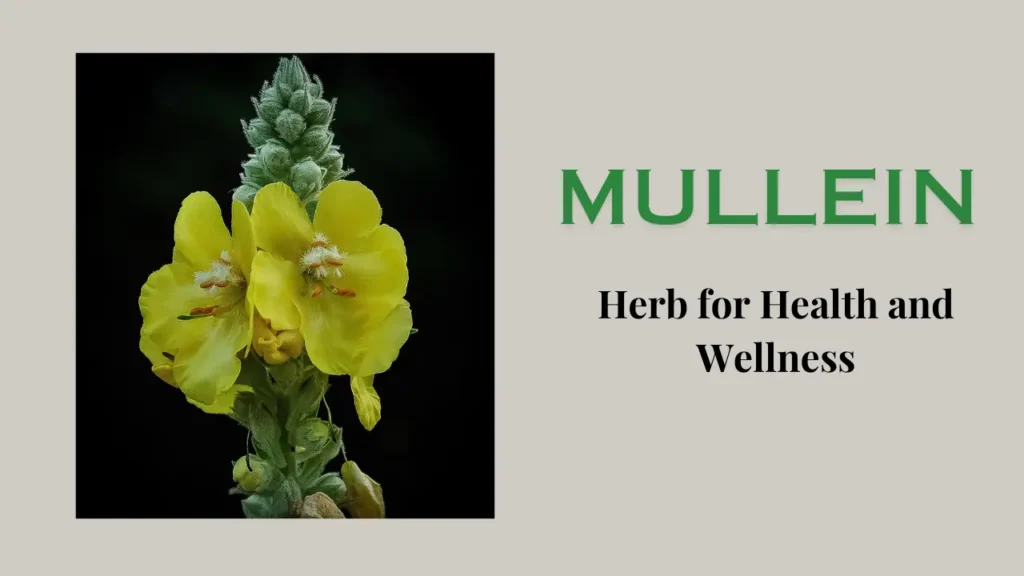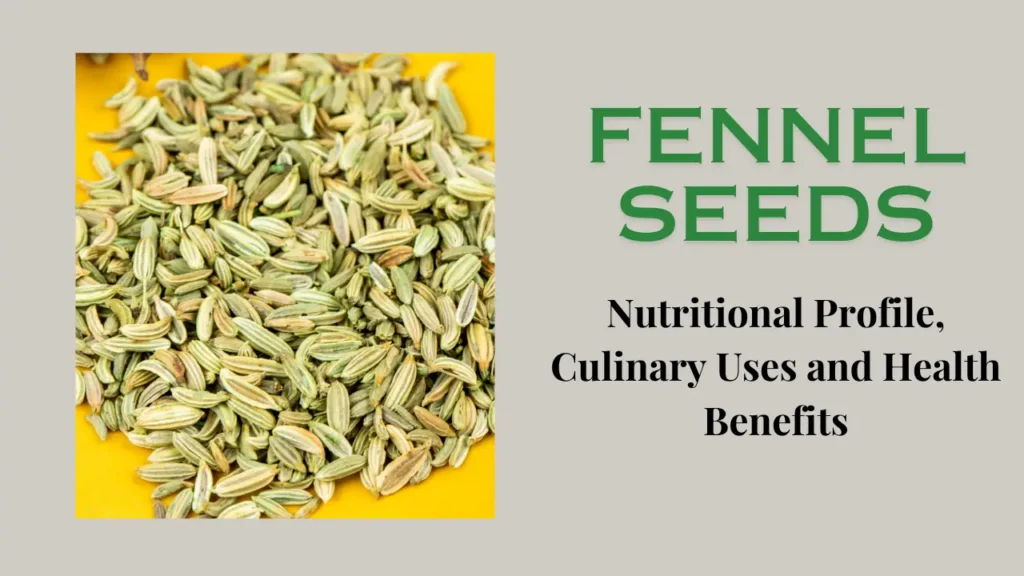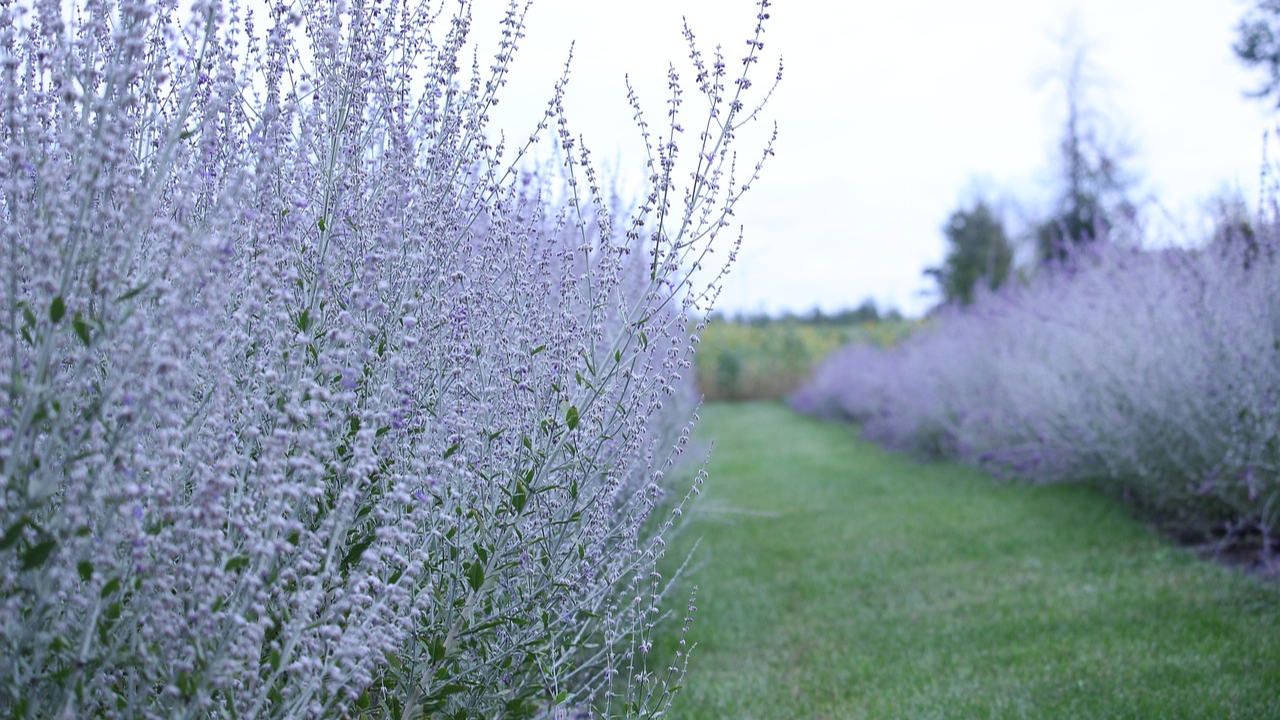
Origins and Characteristics
Distinctive Features
- Silvery Leaves: The most distinctive feature of Russian sage is its finely dissected, fragrant, silver-gray leaves. These flowers create a different attraction in the garden.
- Beautiful Flowers: During late summer and early autumn, It is produced with thin spikes of small, tubular flowers, which create a mesmerizing lavender-blue haze.
Cultivation of Russian Sage
1. Ideal Growing Conditions
- Sunlight: It should be planted in full sunlight for its optimum growth and abundant flowering.
- Soil Type: Well-drained soil is important for this. This plant is adaptable and prefers slightly alkaline conditions.
- Watering: This plant is drought-tolerant but watering it regularly helps the young plants to grow. It requires minimal water once established.
2. Planting and Maintenance
- Spacing: Keep good air circulation between plants. To ensure this, keep enough space (2 to 3 feet) between plants.
- Pruning: Trim the plant in early spring to promote bushy growth and remove faded flowers to encourage more flowering.
- Winter Care: Use mulch to protect these plants from the cold. A layer of mulch can protect the plant’s roots from extreme temperatures.
Read Also: Cinnamon
Russian Sage in Landscaping
1. Landscaping Ideas
- Backgrounds and Borders: These plants can be used on walls or in front of fences for a stunning backdrop. It also works well as a border plant.
- Mixed gardens: Combine Russian sedge with complementary plants like sedum, black-eyed Susan, or ornamental grasses for a dynamic and vibrant garden.
2. Attracting Pollinators
Read Also: Insects
Health Benefits and Practical Uses of Russian Sage
A. Medicinal Properties
- Anti-inflammatory: Some studies suggest that this herb may have anti-inflammatory effects.
- Respiratory health: The aromatic compounds present in its leaves contribute to respiratory health.
B. Ornamental and Fragrant Qualities
- Cut Flowers: Russian Sage’s long stems make it an excellent cut flower for arrangements, bringing its beauty indoors.
- Potpourri and Sachets: Dried leaves of this herb add a pleasant fragrance to potpourri and sachets.
Conclusion
Yes, It can be divided. It helps in spreading new plants and enhances the beauty of the garden. The best time to divide Russian sage is in the spring before new growth emerges. Here’s how to do it:
- Dig up a mature plant with a shovel or fork. Be careful not to damage the roots.
- Divide the plant into sections that each contain a good amount of roots and leaves. Keep it about 4-6 inches wide.
- Replant these divisions in holes that are slightly larger than the root ball. Water them well and keep the soil moist until they become established.
Russian sage is a long-lived perennial plant that can live for many years with proper care. Under ideal conditions, it can live for 10 years or more. To ensure that your plant lives a long and healthy life, plant it in well-drained soil where it receives full sunlight. Water it regularly during the first year after planting, but once it is established, it is quite drought-resistant. Prune it lightly in late winter or early spring to remove any dead or damaged branches.
Russian sage is native to the dry, rocky regions of Central Asia, so it thrives in warm, sunny locations with well-drained soil. It is also tolerant of poor soil and drought, making it low maintenance and a great choice for gardens. However, it doesn’t like its roots to be in soggy soil, so plant it in a well-drained area. Russian sedge is hardy in USDA zones 4-9.
It depends on what you are looking for in a plant. Russian sage and lavender are both beautiful, fragrant perennial plants that are relatively low-maintenance. However, they have some differences:
- Bloom time: Russian sage blooms from mid-summer to fall, while lavender typically blooms in early summer.
- Color: Russian sage has blue-violet flowers, while lavender comes in many colors including purple, pink, and white.
- Size: Russian sage can grow up to 3 feet tall, while lavender is typically smaller, growing to only 1-2 feet in height.
- Soil: Russian sage prefers well-drained soil, while lavender can tolerate some clay.
- Fragrance: Both plants have a pleasant scent, but lavender has a more intense scent.
Ultimately, the “better” plant is the one that best meets your needs and preferences.
Russian sage has many benefits for both gardeners and pollinators. Some of its benefits are as follows:
- Low Maintenance: This herb is a drought-tolerant plant that requires very little care once established.
- Beautiful flowers: Their flowers remain in bloom for a long time due to which bees, butterflies, and other pollinators are attracted to them.
- Versatile: It can be used in a variety of ways in the garden, such as in borders, mixed beds, or as a hedge.
- Long Lifespan: These plants are perennial and with proper care, they can be kept alive for many years.
- Scented: The leaves have a pleasant, sage-like aroma that helps calm the mind.

